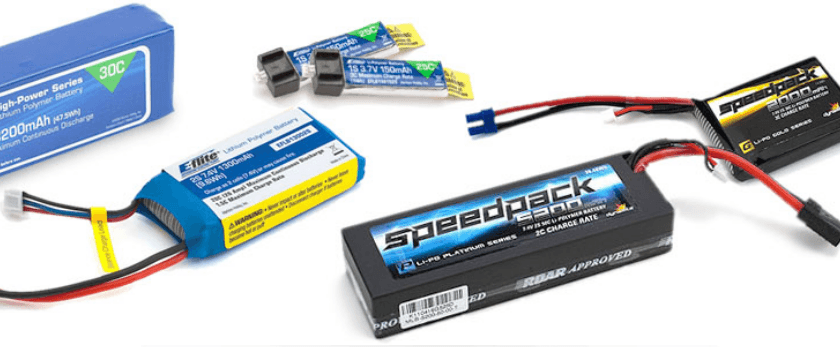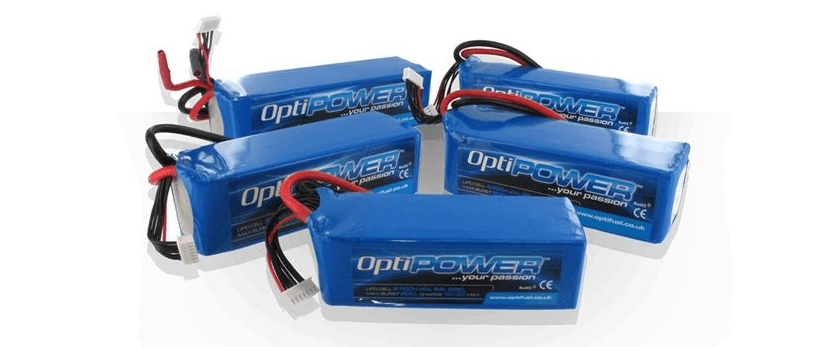LiPo (Lithium-Polymer) batteries are commonly used in various devices, from drones and RC cars to smartphones and power banks. Like any other type of battery, they have a limited lifespan and may become damaged or depleted over time. Proper disposal of LiPo batteries is not only important for our safety but also for the environment. In this informative article, we'll discuss how to dispose of dead LiPo batteries, how to handle burnt LiPo batteries, and the eco-friendly methods of recycling them.
Disposing of Dead LiPo Batteries
When a LiPo battery reaches the end of its useful life, it's crucial to dispose of it properly to prevent environmental harm. Here's how you can do it:
-
Discharge the Battery: Before disposal, it's essential to discharge the LiPo battery completely. You can do this by connecting it to a low-power device or using a specialized LiPo discharger. Make sure the voltage is below 3.0V per cell to render it safe for disposal.
-
Cooling Period: Allow the discharged battery to cool down for at least an hour. This helps reduce the risk of thermal reactions during disposal.
-
Seal in a Plastic Bag: Place the discharged battery in a thick, puncture-resistant plastic bag. This bag will help contain any potential fires or leaks. Seal it tightly.
-
Recycling Center or Collection Point: Locate a recycling center or a designated collection point in your area that accepts LiPo batteries. Many electronics or battery stores offer this service. Check with your local government's recycling programs as well.
-
Never Throw in Regular Trash: Under no circumstances should you throw LiPo batteries into your regular household trash. This can lead to fires, environmental damage, and health hazards.
Handling Burnt LiPo Batteries
Sometimes, LiPo batteries can catch fire or become damaged due to mishandling or accidents. Here's how to handle a burnt LiPo battery safely:
-
Safety First: Put on safety gear, including gloves and safety glasses, to protect yourself from any chemicals or fumes that may be released.
-
Isolate the Battery: If the battery is still burning, use a fire extinguisher or a fire-resistant blanket to extinguish the flames. Do not use water, as it can react with lithium and make the fire worse.
-
Cool Down: After the fire is out, allow the battery to cool for several hours. Keep it away from flammable materials.
-
Place in a Container: Place the burnt LiPo battery in a non-combustible container like a metal can or ceramic pot with a lid. This will contain any potential reactions.
-
Dispose at a Hazardous Waste Facility: Contact your local hazardous waste disposal facility to properly dispose of the burnt battery. They have the expertise and equipment to handle hazardous materials safely.

Recycling LiPo Batteries
Recycling LiPo batteries is a responsible and eco-friendly way to dispose of them. Here's how the recycling process typically works:
-
Collection: LiPo batteries are collected at recycling centers, electronic waste facilities, or designated drop-off locations.
-
Sorting: The batteries are sorted by type, including LiPo, and separated from other electronic waste.
-
Disassembly: The batteries are disassembled, and the components are separated. The lithium-ion cells are extracted.
-
Recovery: The lithium-ion cells are sent to specialized recycling facilities where valuable materials like lithium, cobalt, and nickel are extracted and recycled for reuse.
-
Safe Disposal: Any remaining materials that cannot be recycled are disposed of safely in accordance with environmental regulations.
By following these guidelines, you can ensure that your LiPo batteries are disposed of in an environmentally responsible manner, reducing the impact on our planet and contributing to a more sustainable future. Remember, every small step counts when it comes to protecting our environment!










